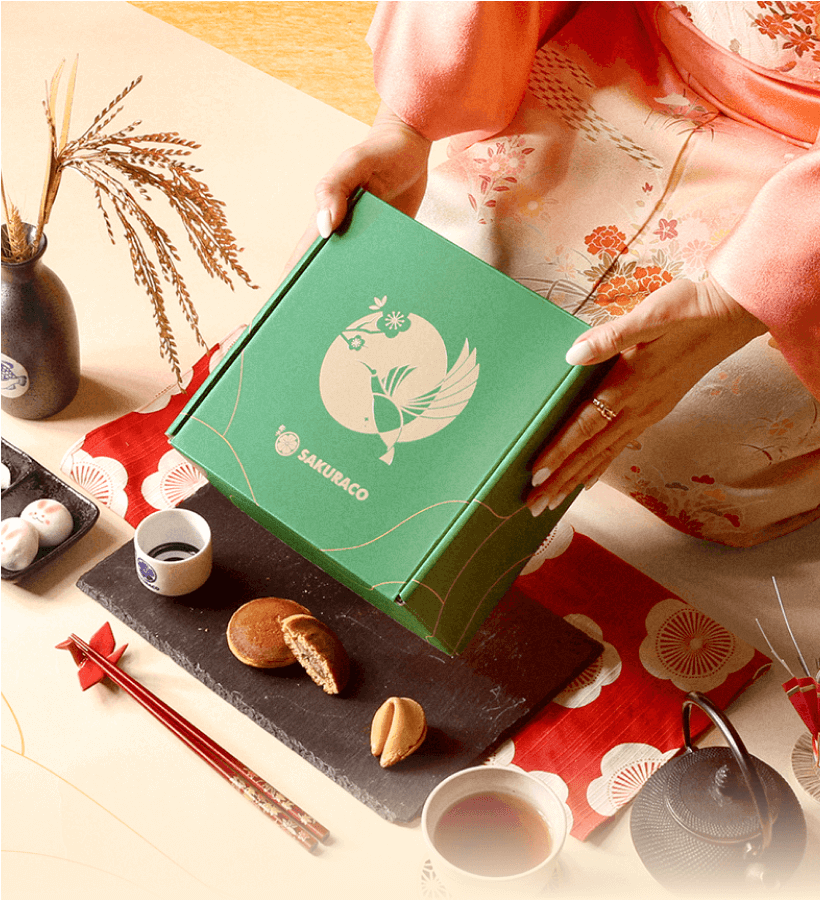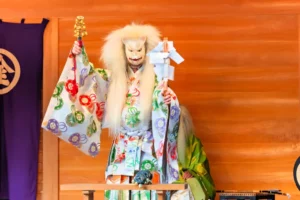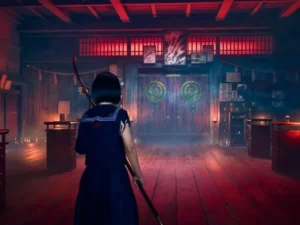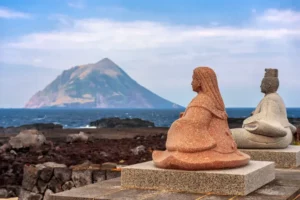Urakami Cathedral is one of Nagasaki’s most important locations. The original church, once a symbol of Japan’s hidden Christian community, was destroyed in the August 1945 bombing. For almost 80 years, the left bell tower of the rebuilt cathedral has remained empty. Now, through the Nagasaki Bell Project, a new bell will replace the silence, bringing healing, peace, and hope for the future. Today, we will introduce the history and future of Urakami Cathedral.
Table of Contents
ToggleHistory of Urakami Cathedral before the atomic bomb
Before its destruction in 1945, Nagasaki’s Urakami Cathedral was a powerful symbol of Japan’s hidden Christian past and its return. It was built in the former Urakami village, known for its “Hidden Christians” (Kakure Kirishitan) during the Edo period (1603-1868). The cathedral began in 1895 and took 30 years to finish, finally opening in 1925.
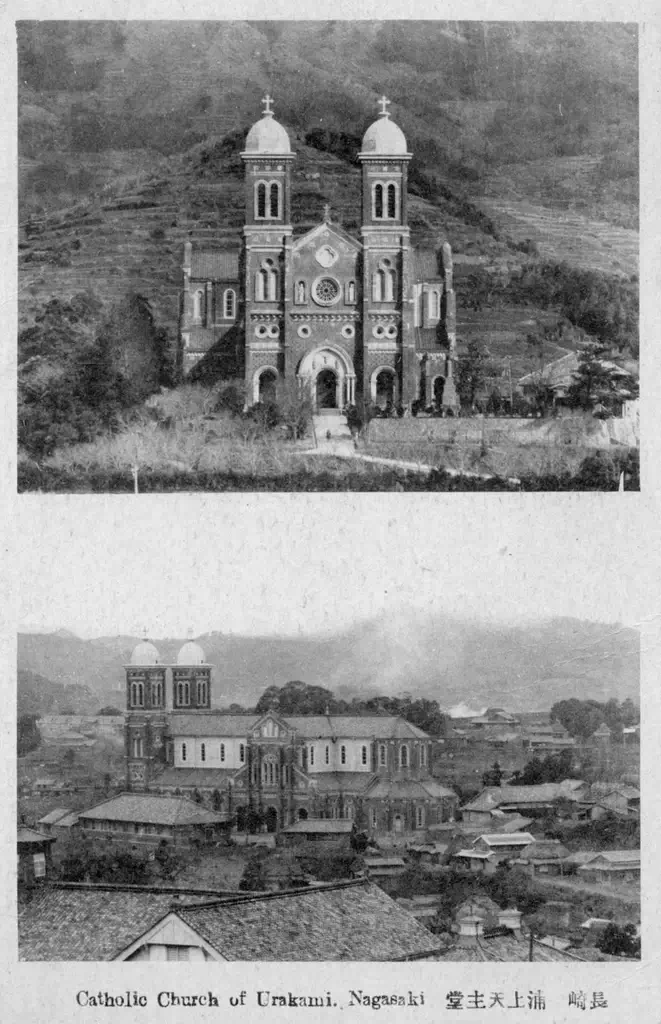
Its construction and continued presence represent the enduring spirit of Christianity in the port city. When the construction was finished, it was the largest Catholic church in the Asia-Pacific region. With its red brick walls and twin bell towers, the church became a major landmark and the center of the local Christian community.
Effects of the atomic bomb in Urakami
After the atomic bombing, Urakami Cathedral, located just 500 meters from the blast’s epicenter, was destroyed. The powerful explosion leveled the red-brick structure, leaving only broken walls, scattered rubble, and twisted metal. The bell towers collapsed, and many members of the church community who had gathered for confession that morning lost their lives.
Despite the devastation, the community in Nagasaki remained strong. As a result, survivors began gathering at the ruins to pray and hold services. The damaged statue of the Virgin Mary, found among the rubble with burned and cracked features, became a haunting yet powerful symbol of survival and faith.

In the years that followed, the church community began efforts to rebuild. Though there were debates about preserving the ruins as a reminder of the bombing, they decided to rebuild the cathedral. With the support of both local and international communities, reconstruction began in the 1950s. The new Urakami Cathedral was completed in 1959, built in reinforced concrete but still reflecting the Romanesque style of the original.
Eventually, the cathedral became a place of worship and a symbol of peace and resilience. Some remains of the original church, including statues and part of a bell tower, were preserved in nearby peace memorials. Today, Urakami Cathedral is a powerful reminder of war’s horrors and faith’s resilience. It welcomes locals and visitors who come to remember, reflect, and pray.
Sounding Hope: U.S.-Led Project Revives Urakami’s Silent Bell Tower
When the atomic bomb struck Nagasaki, the twin bell towers of Urakami Cathedral collapsed. The bell from the right tower was later recovered from the rubble and reinstalled in the rebuilt cathedral. However, the left tower remained empty for nearly 80 years. Its silence stood as a quiet reminder of the destruction and the lives lost that day.
Now, that silence is being filled. A new bell is being donated to Urakami Cathedral through the Nagasaki Bell Project. This project is led by American sociology professor James Nolan Jr. The project is also personal for Nolan. His grandfather, Dr. James Nolan, was a key figure in the Manhattan Project, which developed the atomic bomb. After learning about his grandfather’s involvement, Nolan wrote a book called Atomic Doctors. More specifically, the book explores the ethical struggles that those who contributed to the nuclear age faced.

During a visit to Nagasaki, Nolan met a parishioner of Urakami Cathedral who asked, “Wouldn’t it be wonderful if some American Catholics gave a replacement bell for the left tower?”. That question inspired this initiative. With the support of donations from Catholic communities in the U.S., the new bell will be installed. The bell featuring an image of St. Kateri Tekakwitha is being cast in bronze in the Netherlands and shipped from a foundry in the United States.
This long-awaited addition is a gesture of healing, reconciliation, and hope for peace. The Nagasaki Bell Project is still calling for donations. If you want to participate in this historical gesture, you can donate via the St Kateri Institute. As of April 17, 2025, they have raised $81,235 of the $125,000 total costs involved.
Why is the new bell for the Urakami Cathedral important?
The new bell restores a key part of Urakami Cathedral’s original design and symbolizes healing and peace. For almost 80 years, the left bell tower has stood empty and reminded people of the atomic bomb’s destruction and the lives lost. In addition, American Catholics are giving the new bell, which features the image of St. Kateri Tekakwitha, as a gesture of reconciliation and shared faith.

Overall, the cathedral will install the bell in time for the 80th anniversary of the bombing. Its sound will bring hope for a peaceful future. The bell symbolizes the church’s history and reminds people of the Christian community’s resilience in Nagasaki and the world’s desire for peace after the war.
Sources
- St. Kateri Institute. “Nagasaki Bell Project“.
- The Japan News. “Nagasaki’s A-Bombed Urakami Cathedral Bell to be Restored; Grandson of a Manhattan Project Doctor and U.S. Catholics to Make Donations“.
- Travel Nagasaki. “Urakami Church (Urakami Cathedral)“.




